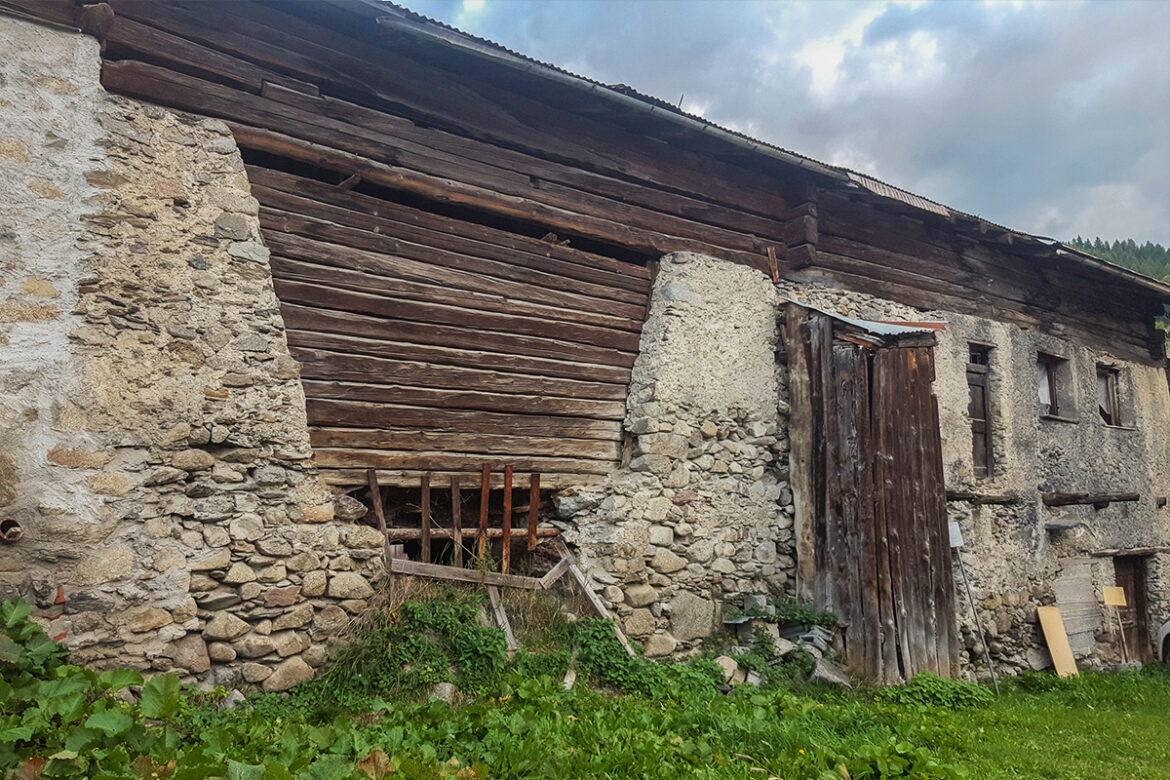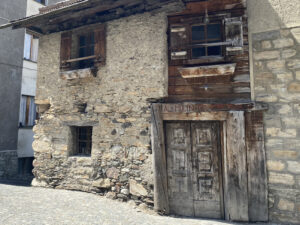
The current building dates back to 1914, when its construction was contracted based on the design by engineer Alfredo Cola from Bormio. It was primarily built thanks to the groundbreaking exposé that teacher Glicerio Longa documented and published in 1906 about the disastrous state of education in Valtellina, specifically highlighting the deplorable conditions of the buildings where lessons were conducted. In Oga, we know that initially, the schools were housed in a rustic village house provided by private individuals, for which the Municipality paid a rent of 20 lire. These were dilapidated spaces, cold and damp like most old rural dwellings: “One enters the classroom through a sort of horribly paved corridor that leads directly into a barn, where they are currently threshing wheat; I write these notes to the music of the flail” (the agricultural instrument used for threshing wheat).
The girls’ school in Oga accommodated around thirty to forty girls, crammed into six desks in a very small room that could have only housed half that number. The two tiny windows overlooked four odorous manure heaps, and the latrine was shared with the house’s tenants. The boys’ school was housed similarly in another private dwelling; to reach the classroom, located above a courtyard and thus very cold in winter, one had to traverse a narrow corridor blackened by smoke, and the 30 pupils were squeezed into 5 old desks. The space measured 60 cubic meters, whereas Ministry regulations stipulated 4 cubic meters per pupil! For both schools, the latrines were very dirty and shared with the owners; in summer, the classrooms were converted into grain and laundry storage. Teaching aids were scarce: a small blackboard, an abacus, a chart with weights and metric measures, posters illustrating cabbage, turnips, and pumpkins for agricultural lessons, while sacred portraits and even a Via Crucis were plentiful everywhere! The students were responsible for firewood, and chalk and ink were provided at the teachers’ expense.
The new school, built on the road to Calosio, operated until 1990, when the few remaining students were redirected to the Piazza district while waiting for the completion of comprehensive schools in Cepina, which are still open today.




